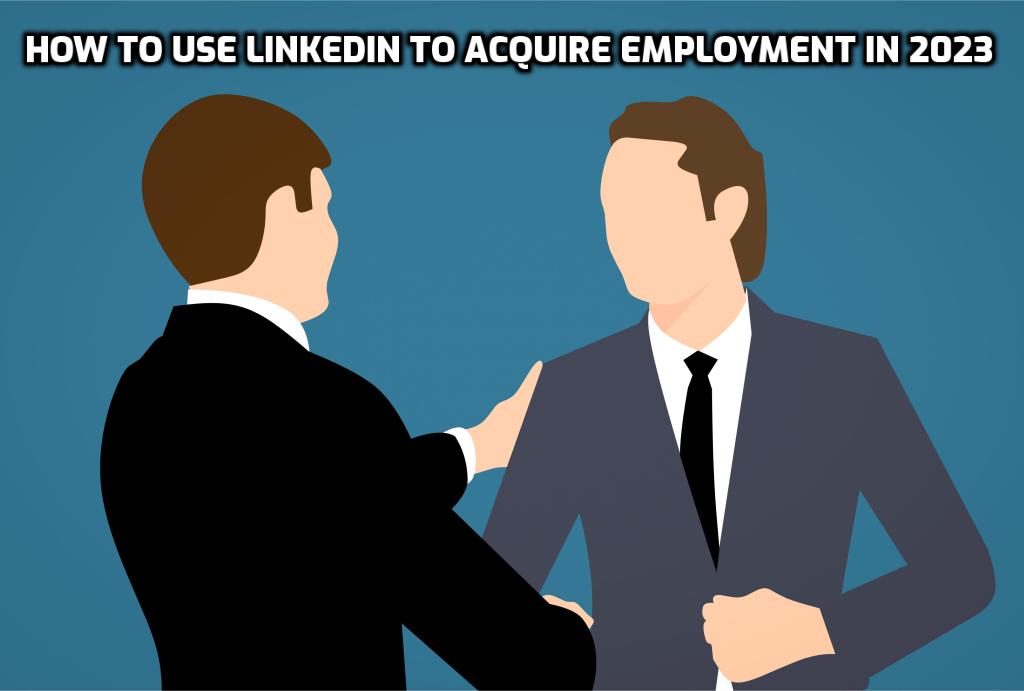
Weary of applying for job after job without success? We may or may not know the answer, and LinkedIn could be the shortcut to your ideal graduate position.
On the surface, LinkedIn may appear to be a simple online resume. On the other hand, it is a good CV to have on a platform where dozens of employers search daily for exceptional candidates.
It is an excellent way to network with industry leaders, and you can also use it to endorse your accomplishments and establish a professional online presence. Additionally, if you have an entrepreneurial spirit, you can promote your business there.
The key to effectively using LinkedIn is to make yourself “discoverable” to employers and agencies and leverage those all-important connections. Here is the procedure.
Twelve strategies for using LinkedIn to land your dream job
The first step is to create a LinkedIn profile.
You can modify and update your profile whenever necessary. Consequently, continue to modify any portions that do not work or add to them as you go.
The more modifications and additions you make, the more “active” the system perceives your profile. This increases your visibility among potential employers.
Choose the ideal LinkedIn profile image
In search results, profiles without photos appear inactive and unimpressive. Find a high-resolution, work-appropriate photograph of yourself.
Avoid posting obvious selfies or group pictures, even if you’ve cropped out everyone. Graduation pictures are always a safe bet, but you should avoid making your photo too stiff and formal.
Ensure that you’re smiling and approachable! Remember that you are attempting to sell yourself as a valuable employee.
You should avoid silly Snapchat filters. However, LinkedIn now has a filter function that allows you to optimize the colours in your profile photo.
You can also upload a background or cover image. This is less valuable, but if you have something you believe will be pertinent, you should include it. A photograph of your work or your “in action” may be more appropriate.
You can even use your photo as a marketing opportunity for your relevant skills. Consider hand-drawn portraits, your face as an app logo, or the opportunity to demonstrate your photographic abilities.
Create a LinkedIn headline that distinguishes you
The headline is the first thing an employer will see on a resume, and it ensures that it stands out and conveys what you offer.
Avoid something boring like ‘student’. Include a dream job, freelance or part-time work, relevant hobbies, and most recent work experience.
Choose keywords over eccentricity if you want to be discovered by recruiters or anyone searching the website. Wordplay may amuse and impress your friends, but it rarely appears in job postings, meaning you will be less searchable.
Include a summary of your qualifications in your profile
Use the summary box to highlight your accomplishments and goals or to provide an elevator pitch. Mention why you’re a fantastic employee, a process you’ve enhanced, or why you’re awesome.
You have between 50 and 100 words, so make them count. Include search terms that recruiters and others are likely to use. Remember that your profile may also appear in internet searches.
Include contact information in your summary if you want people to contact you. But don’t use your email address unless you like spam. Instead, link to your website.
Promote your employment history on LinkedIn
Follow the prompts to list your work experience, courses, volunteer work, and test scores. There is a lengthy selection from which to choose.
You are only required to add some of them. Select the ones that add value to your profile, that you are proud of, or want to appear in searches.
Use the Media section to link to your ongoing or completed projects. Include blog posts, magazine articles, your photography/artwork, a business you founded, videos, and social media accounts you’ve assisted in creating. If you have something to be proud of, please display it here.
It goes without saying, but double-check your profile for misspellings, errors, and broken links. Any errors in this area will reflect poorly on you to prospective employers.
Don’t just list your accomplishments; demonstrate what you contributed and how it made a difference.
Obtain recommendations and endorsements for employment abilities
Request current or former employers and coworkers to post endorsements on your profile page to lend credibility to any listed skills or projects. You are not required to accept or display any you do not want the public to see.
In addition to scattering relevant keywords throughout your profile, you can add skills individually. Avoid using generic terms like leadership and teamwork.
Consider any software or technology that you have extensive experience with. What unique abilities do you possess that will make you stand out?
Then, your LinkedIn connections can attest to your expertise by endorsing you for the various skills you’ve listed. These will be displayed on your public profile to demonstrate your talent.
Utilize LinkedIn’s job-search tool
Remember that LinkedIn is loaded with job listings.
Utilize the search function and sign up for job alerts or keep an eye out for status updates to track new listings before they are posted.
Additionally, check out internships and graduate jobs on the student portal of LinkedIn.
Follow companies you’re interested in working for so you’re the first to know about job openings, graduate programmes, and expansion plans.
LinkedIn may not come naturally to you, but LinkedIn is all about selling yourself.
If you achieve something, such as an award, a successful project, or high grades on a particular assignment, share it with the world by posting a status update.
You must concentrate on more than just the positive moments. You can also discuss the obstacles and setbacks you’ve overcome.
You can also post about issues pertinent to your industry or recruitment-related topics in general. Unpaid internships and interview feedback generate a great deal of discussion.
Remember to reciprocate by sharing and liking additional posts.
Utilize LinkedIn to network
As its name implies, LinkedIn is about connecting with people in your industry or field of expertise.
Connect with anyone you have worked with or studied, and ask them to introduce you to their connections.
It is sometimes considered poor manners to add strangers on LinkedIn. However, it is generally acceptable if the other person can quickly determine from your profile that you share common interests or connections.
LinkedIn can also be used to stay in touch with interviewers after an interview, as well as anyone with whom you had brief contact during work experience placements or internships.
If you’re concerned that they won’t recognize you, send them a brief message to help them recall who you are.
Utilize your connections as models to imitate. Observe how others in your field are constructing their profiles and take note of the career path they followed and, in particular, which companies were willing to hire them when they were starting.
Optimize your privacy settings on LinkedIn
LinkedIn’s privacy settings differ significantly from those of other social networks. You must be cautious to ensure that you only show people what you intend.
When editing your profile, you will notice a button labelled “Notify your network.” If selected, your updates will appear in all your followers’ newsfeeds. Save this for bigger moments.
You will also have the option to make your posts public or visible only to your connections. It is a good idea to make the certain information public so that it is visible to employers searching on LinkedIn or Google.
However, here’s the big one: It may sound like a nightmare, but if you visit someone’s profile, they will be notified. Likewise, you will be informed of who visits your website.
You can disable this in your privacy settings to browse anonymously; however, you will no longer be able to see who is viewing your profile. To modify this, look for the ‘Select what others see when you view their profile button.
There are also privacy settings that allow you to search for new employment without informing your current employer. Examine them and determine which ones work best for you.
Get a (free) personalized URL for your profile. You can use your name, job title, or other keywords as your username and change it if necessary. This will increase your discoverability in search engines.
Join LinkedIn groups
Join and contribute to industry-related groups. Get inside information and learn how your industry operates from the inside out, become known for your opinion or specialization, or find people who can tell you more about their career path to determine whether it interests you.
After joining a few key groups, you can send group members a message to introduce yourself or your services. But avoid being seen as a spammer. Ensure that you send relevant emails to the appropriate individuals and inquire about or offer to assist with their projects.
Contribute articles to LinkedIn and compose your own
People frequently share interesting articles on LinkedIn, whether they’ve written them themselves or found elsewhere. Follow the right people and absorb everything.
Interviews will be more fruitful if you thoroughly understand recent developments in your industry. Additionally, you can follow the blogs of companies you’re interested in to stay current on their news.
However, consider writing a blog post if you have something to say that is too lengthy for a status update. Click “Write an Article” on the homepage and begin typing.
Employers will be impressed, and your name will be spread further if you share your opinions and knowledge on a topic. Videos and images can be added for added impact.
Use LinkedIn to prepare for interviews
LinkedIn will be your primary source of information for interview preparation.
Find out who will be conducting the interview and research them on LinkedIn. Consider their career path, specific interests, and any projects they are currently engaged in. Utilize it to your advantage and tailor your responses to their interests.
You will also be able to track industry developments that you can bring up during the interview if you read the company’s blog.
The website is completely free to use. Try out the free trial of LinkedIn Premium for additional features, such as being featured as a job applicant. It is one of our favourite free trials, but cancel before you are charged.
Conclusion
LinkedIn is the best platform to find a job buy if LinkedIn isn’t your thing, you can use other social media platforms to find your dream job.
FAQs
Does LinkedIn increase employment opportunities?
A complete LinkedIn profile and active participation on the platform will increase your chances of finding a new job.
What are the three advantages of using LinkedIn?
Why LinkedIn Is Crucial: Seven Good Reasons to Update Your Profile Today
1.You can utilise its full job board
2.You can construct your brand by
3.It can improve your Google ranking
4.It maintains your contact directory
5.You can research companies and their employees.
6.It can facilitate access to industry news
7.Network, network, network!
Do employers recruit via LinkedIn?
Jobvite, a company that helps businesses find talent, recently reported that 77% of recruiters use LinkedIn to find candidates.
How many individuals are hired via LinkedIn?
Every second, 77 job applications are submitted on LinkedIn. Each week, 49 million people conduct job searches on LinkedIn. On LinkedIn, six people are hired every second. 75% of employees who changed jobs recently utilised LinkedIn to research their job and career options.
How can I quickly find jobs on LinkedIn?
Maintain your activity and relevance even when you are not actively seeking employment. Reading news feeds and sharing and commenting on content demonstrates professional engagement. 2) Apply only for relevant positions: On any given day, sixty to seventy per cent of the applications are irrelevant.

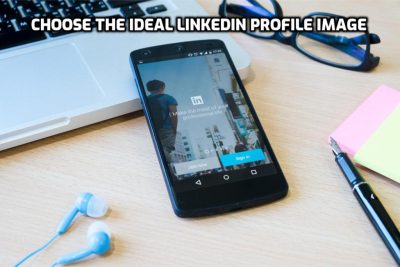
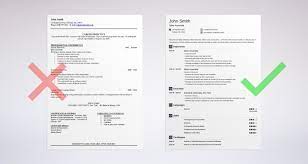
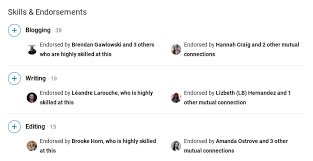
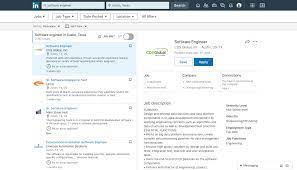
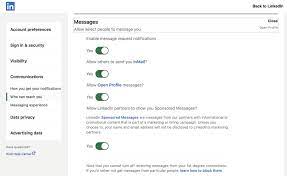
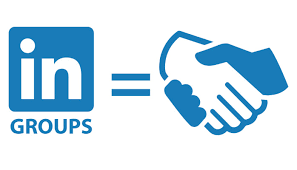
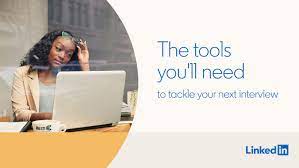
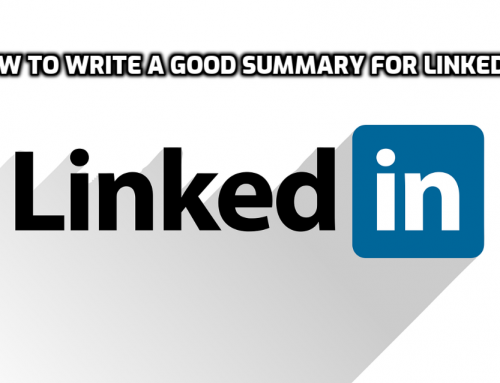
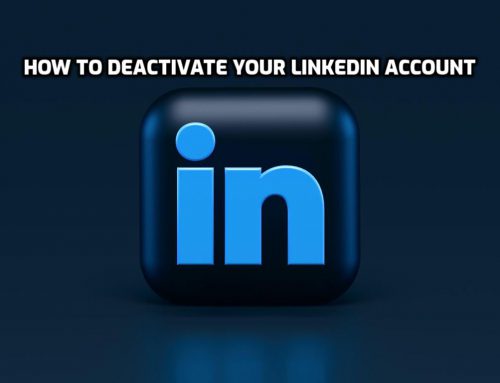
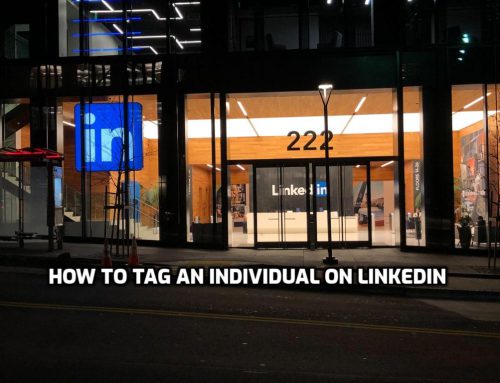
Leave A Comment